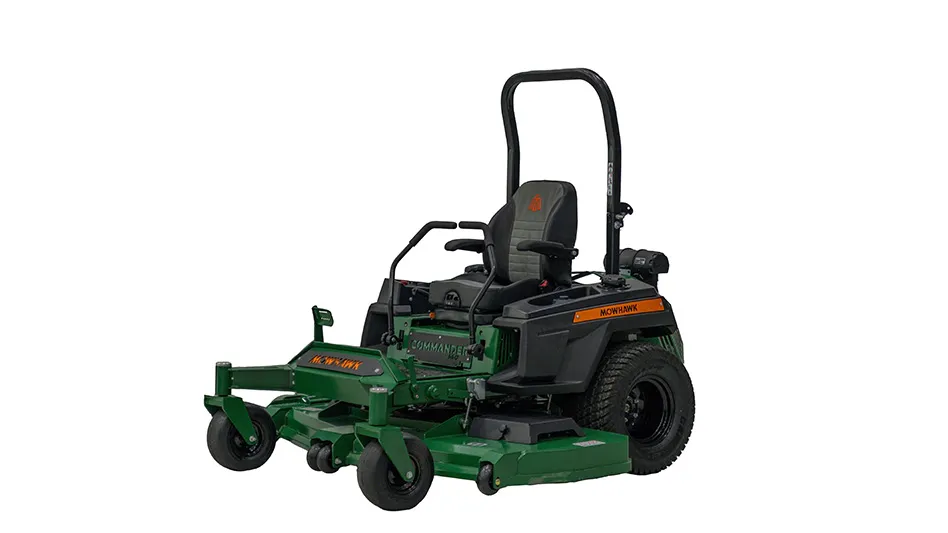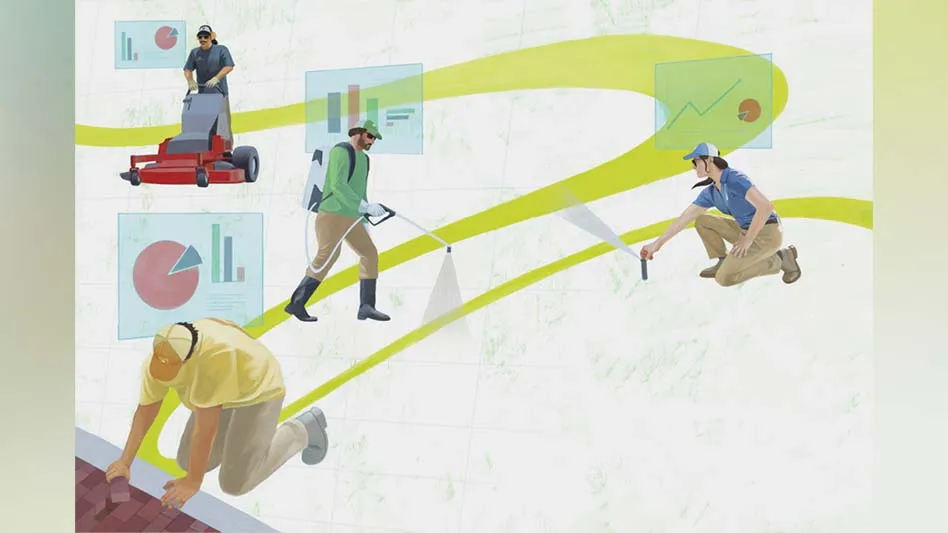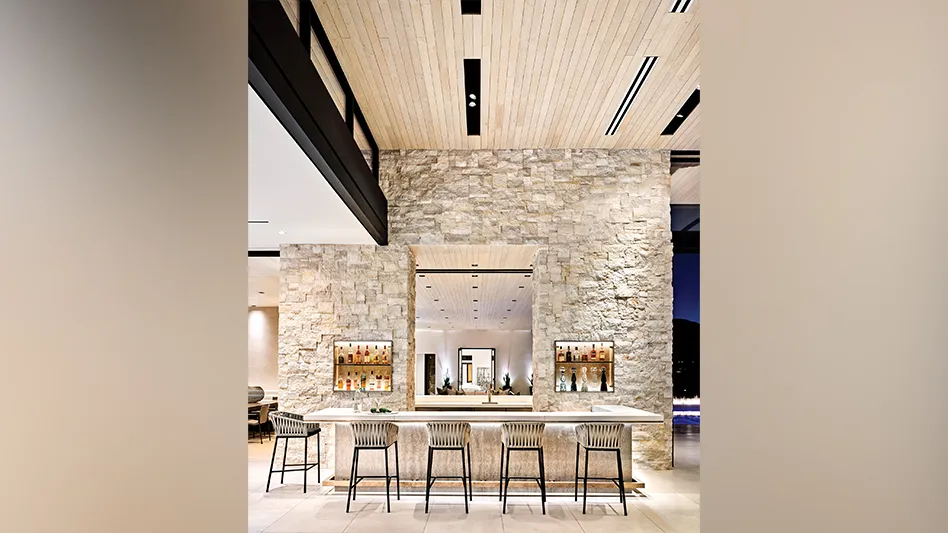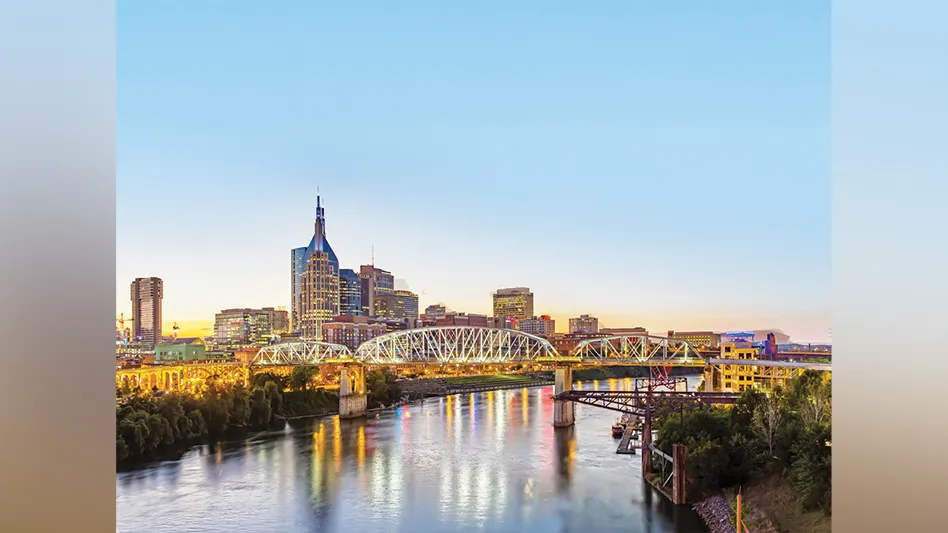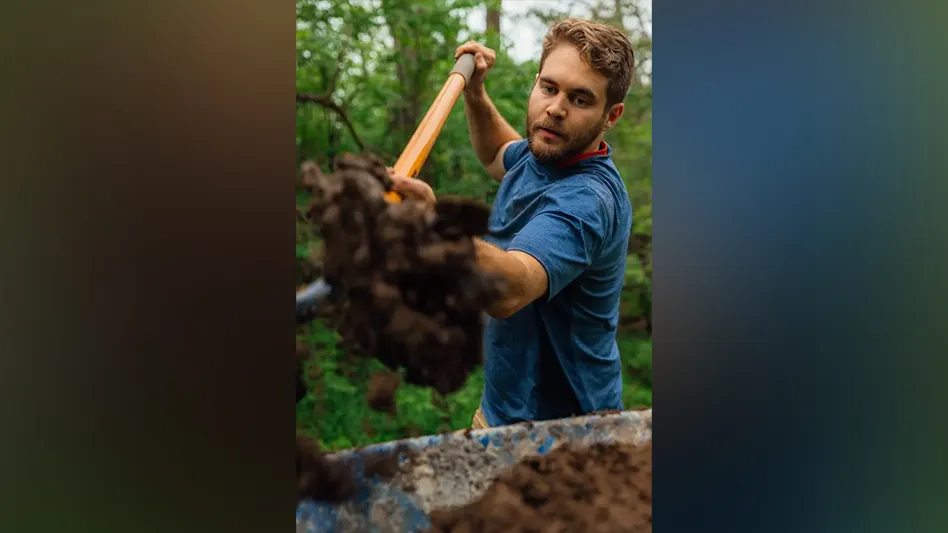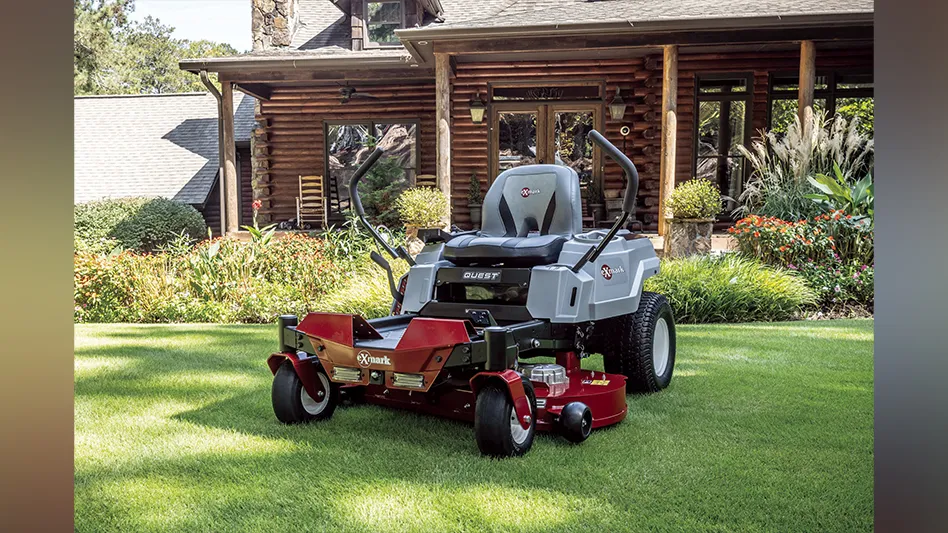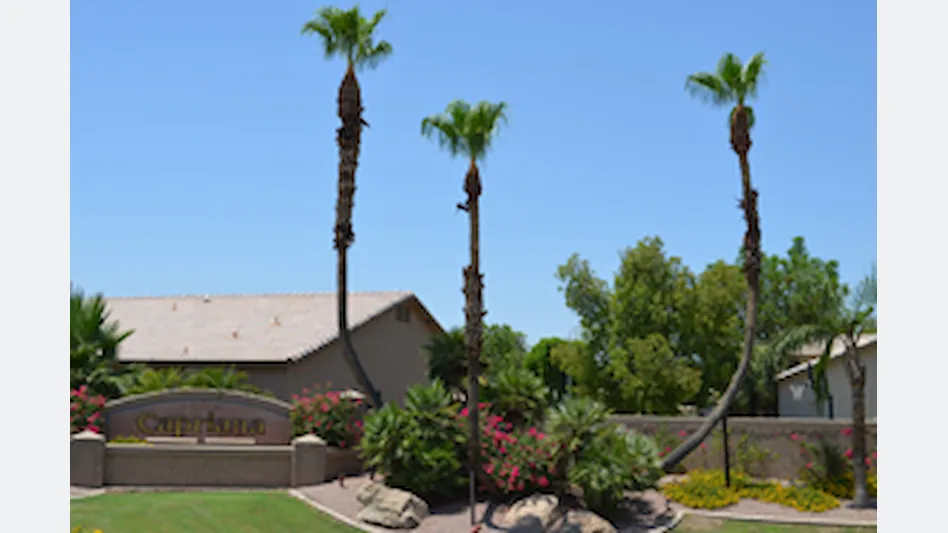
Balls and cones and spirals and boxes. That’s what many shrubs in greater Phoenix, Ariz., looked like before sustainability advocates like Asset Landscaping introduced more natural techniques. Back in the day, irrigation systems ran without restriction, too. That has changed, big time.
“Water conservation has come to light in the past five years,” acknowledges Matthew Johnson, co-owner and vice president of Asset Landscaping, which has a staff of 60 and primarily manages homeowners’ associations and commercial accounts like the stadium where the Arizona Cardinals play.
Doing the right thing for the environment is a part of Asset Landscaping’s mission. And the right thing can look a little funny at first to property owners who are used to having their shrubs sculpted into perfect shapes.
“Some clients had no reaction – some kind of freaked out,” Johnson says of the way residents responded to renovation methods that involve letting a shrub mature and grow freely much of the year, then trimming overachieving branches. Serious renovation can leave a shrub naked, but only for a short time. It’s healthier to prune less often, Johnson explains to clients. “Every time you cut and shape plants, they have to regenerate and that uses more water,” he relates.
Client education is a key component of Asset Landscaping’s outreach efforts. The company distributes e-newsletters, holds lunch-and-learns for HOA property managers, and posts signs explaining sustainable techniques in the communities it serves.
Now, people are really starting to pay attention to these sustainable ideas, and awareness has resulted in a boon in business for Asset. “With water conservation being the right thing to do and more cities generating revenues from water bills, that has everyone’s attention,” Johnson says. “They realize they need to cut back on water and that savings can go directly back to the bottom line.”
That’s where Asset Landscaping steps in.
The cardinal rules. The Arizona Cardinals stadium in Glendale looks different than many professional sports environments. The trees grow lush canopies and shrubs branch out and bare their natural colors. Decomposed granite groundcover is foot-traffic friendly and has a low carbon footprint (it travels only as far as nearby mountains where it is harvested). After a harsh wind storm–common in this region–you won’t find large, mature branches strewn about the parking lot. In fact, there’s not a whole lot of tree damage at all. That’s because Asset Landscaping doesn’t force tree canopies into pedestrian-friendly umbrella shapes where branches are trimmed up, causing a weak, top-heavy tree.
All of these qualities make this NFL stadium sustainable, which resulted in Asset Landscaping earning the Arizona Landscape Contractors Association’s (ALCA) 2011 Sustainable Landscape award.
“Ultimately, a successful partnership toward sustainability relies on the customer’s openness to a discussion toward sustainability,” Johnson says. “It is fairly easy to explain the cost savings of proper irrigation, however when the discussion turns toward arbor maintenance or proper shrub pruning, the real education begins.”
On this project, Asset Landscaping worked with NFL professional groundskeepers who were advocates of the firm’s sustainable approaches. “From the very beginning when we were provided the maintenance specifications, nearly every point was in line with what we now refer to as SLM–Sustainable Landscape Management,” Johnson says.
And compare to the bidders that wanted this job, Asset’s approach most closely fit the stadium’s mission. “One of the biggest items on their list, which I believe scared a few companies, was that very little gas-powered shearing could be used,” Johnson says.
Hand-pruning saves gas and actually requires less manpower, Johnson explains. “A lot of people believe that power pruners are a real time-saver, but I think we have proven that they are not,” he says. “You can trim a lot of shrubs quickly in a lot of shapes with power trimmers, but then you have to clean up the mess. When hand-pruning, you hold the [plant] clippings in your hand.”
Hand-pruning generally means cutting longer branches rather than shearing off shrub tips to form a shape. “That debris blows into other parts of the property and it’s more debris to put in the landfill,” Johnson points out.
The most notable aspect of the stadium property: “It’s not all balled up,” Johnson says simply. “You can see the textures and colors of the plants.”
For this project, Asset Landscaping also won the Sustainable Maintenance award from the Arizona chapter of the American Society of Landscape Architects (ASLA). “This award was a great honor from another well-respected horticultural association,” Johnson says, relating the importance of professional affiliations.
In fact, Johnson is a certified sustainable landscape management professional–a designation derived from the book, Sustainable Landscape Management by Janet Waibel. Johnson was involved in giving Waibel feedback on the book and recommendations that could be adopted by Arizona ALCA for ways to manage desert landscapes in the state.
From that, a five-hour certification class approved by the state ALCA’s board of directors was implemented. “The class is more about sustainable practices as they relate to landscape maintenance and the reasons why,” Johnson says. “This sets you up to train employees and educate customers about the benefits and methods used.”
And as Johnson knows, this education is critical for gaining buy-in from clients of any caliber.
A matter of mindset. As a board member of Arizona ALCA, Johnson takes the job of promoting sustainable practices seriously. “We need to show professional contractors how to educate their customers,” he says. “Some companies have practiced these methods for years, and some are just learning the benefits.”
Asset Landscaping is somewhat of a pioneer, seeking out relationships to provide sustainable solutions to customers. One important rapport is with the Salt River Project (SLP), which supplies water and electricity to much of the Phoenix area. Asset collaborates with SRP on water conservation programs.
SLP provides technology that is costly for landscape firms to access, such as GPS systems that can probe ground moisture and print detailed charts showing heavily saturated areas vs. dry areas. “They’re teaching us how to take that information and rebalance irrigation systems so they more evenly distribute water,” Johnson shares.
In turn, Asset is able to promote and execute SLP’s mission to conserve water. “If you don’t have the landscape companies on board with what’s going on with irrigation, every time companies see [landscapes] dry up their natural reaction in the past has been to turn up the water,” Johnson says. “But that is not a fix. If you have a dry area that means something is wrong with your irrigation system and that needs to be addressed rather than turning up the water everywhere.”
This, too, calls for a client lesson. “You can make a simple repair or adjustment to the system and see better results with less water usage,” Johnson explains to property managers.
With pruning, it’s a matter of shifting clients’ mindsets – and explaining why their shrubs aren’t cut into geometric shapes. Sometimes, signs hung throughout the planned communities Asset maintains will do the trick. “The more calls you can reduce, the easier your job is as a manager,” Johnson points out. “And we try to make property managers’ jobs easier by giving them several methods to communicate to residents, whether giving them access to our Web site, guiding members to our newsletters or posting information on billboards or near mailboxes. That way, people are not surprised and making calls to management saying.”
Once people understand the sustainable methods, they appreciate those techniques, Johnson says. “If people truly want a healthy landscape, it needs to be maintained in a proven manner that uses less power equipment,” he says. “That means using less fuel and emissions – and proper pruning uses less water, which of course, saves money.”
